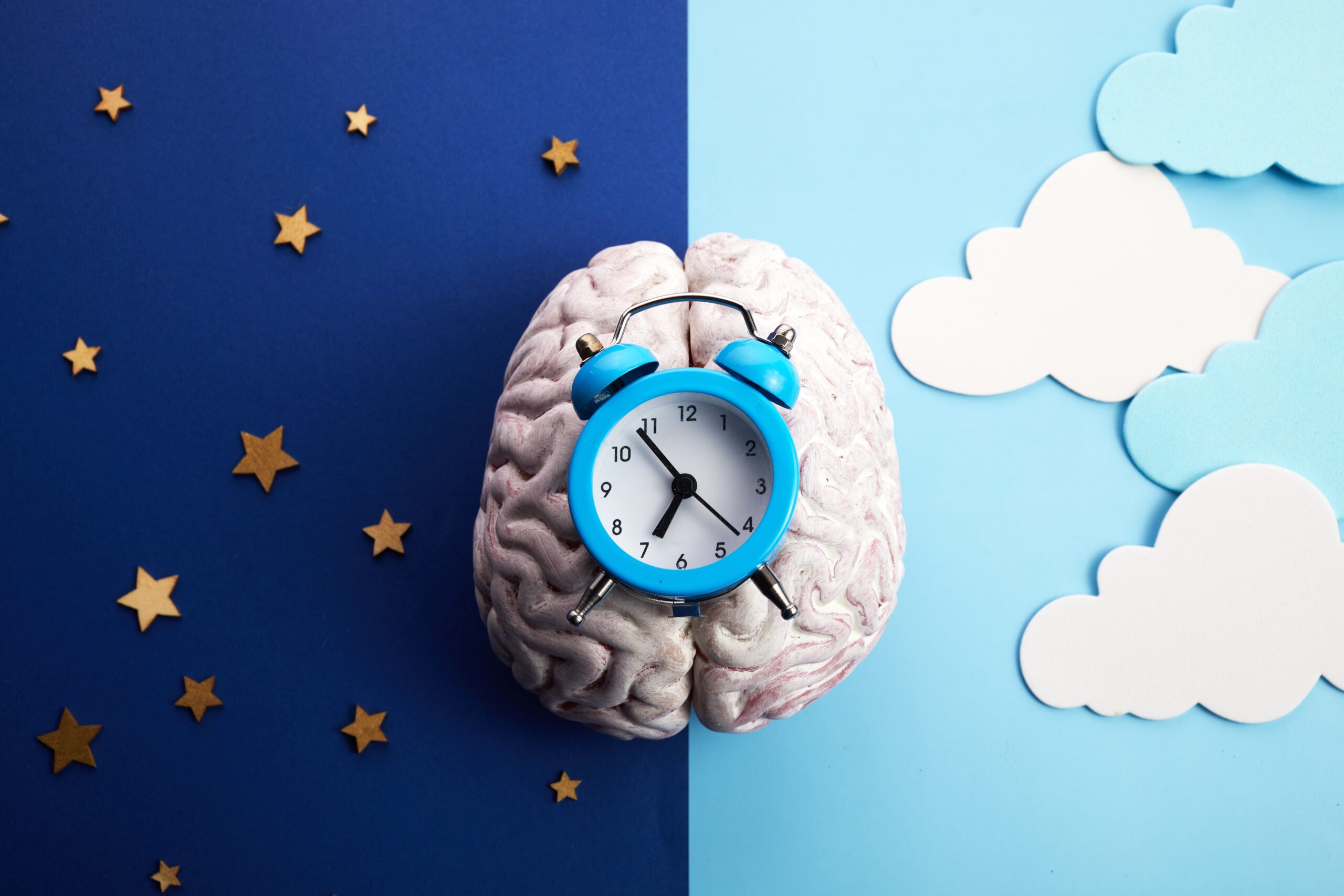by Caitlin O’Donnell
One of the scariest things about getting COVID-19 is the long-term effects. Even those who did not experience symptoms while they were contagious can develop serious health problems from the virus.
One in five people aged 18 and 64 and one in four people over 65 experience at least one COVID-related health issue. While COVID-19 isn’t the only virus that can continue to cause problems in patients after they’ve recovered, it seems to do so more frequently than others.
What is it?
It is called Long COVID, Post-Acute COVID, Long-Haul COVID, Chronic COVID and many other names. It is a symptom or health problem that outlasts the virus that caused it. It can even last for years. These issues can be as simple as fatigue or as serious as diabetes. In severe cases, it can even qualify as a disability if the symptoms impact a person’s functioning enough.
Common post-COVID problems include:
»Fatigue
»Fever
»Difficulty breathing/shortness of breath
»Cough
»Worsening symptoms after putting forth lots of mental or physical effort
More severe cases may consist of:
»Post-Intensive Care Syndrome (Common in all ICU patients and can include PTSD, trouble with thinking/judgment and weakened muscles.)
»Brain fog
»Anxiety or depression
»Insomnia
»Headaches
»Heart palpitations
»Stomach pain
»Dizziness
»Loss of taste or smell
»Organ damage
»And more
Is There a Way To Avoid It?
People who had a chronic ailment before they got COVID-19 are more likely to experience long-term effects. Those with Multisymptom Inflammatory Disease during or after they had COVID-19 have an increased likelihood of developing Long COVID. However, some people who didn’t show symptoms while they were contagious still have long-term effects.
Those who have milder cases tend to develop Long COVID less often. No prevention guarantees a mild case, but some things can reduce the chances of a severe infection, including:
»Getting vaccinated. Breakthrough infections tend to be milder.
»Building a robust immune system through eating well, exercising, getting enough rest and prioritizing hygiene.
»Seeking medical treatment if over-the-counter treatments aren’t helping. Doctors can prescribe antiviral medicines and infusions. Sometimes doctors prescribe steroids or blood thinners to slow the immune system’s overreaction.
»Moving regularly to decrease the likelihood of getting pneumonia.
Is It Treatable?
One of the most complex parts of long COVID is diagnosis. Doctors who treat long COVID patients often can’t find anything abnormal that may cause symptoms. It is also difficult to tell if a condition came about independently or is COVID-related. Since there are no medications to treat long COVID, most treatments focus on treating symptoms. Some common examples include physical therapy, scent training, cognitive rehabilitation, etc.
Is It Considered a Disability?
The pandemic is considered a mass-disabling event, like Polio and World War II. Long COVID is protected under the Americans with Disabilities Act (ADA), whether the patient experiences symptoms constantly or only sometimes. For example, someone capable of safely doing a job despite dizzy spells must have the same opportunity as other candidates.
The criteria for the ADA is that the symptoms must severely impact key parts of life, such as bathing, breathing, working, walking or thinking.
Conclusion
While there isn’t a cure or surefire way to prevent Long COVID, there are resources to treat the symptoms and help patients adjust to their new lives. Specialists can treat individual problems. The ADA protects Long COVID patients if it has substantially impaired their ability to perform key functions. As with most illnesses, taking care of oneself is vital in both prevention and cure.








Leave A Comment